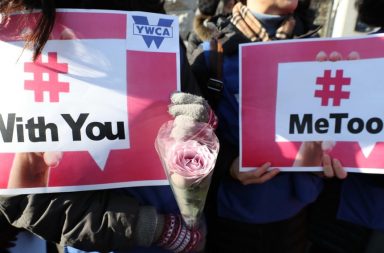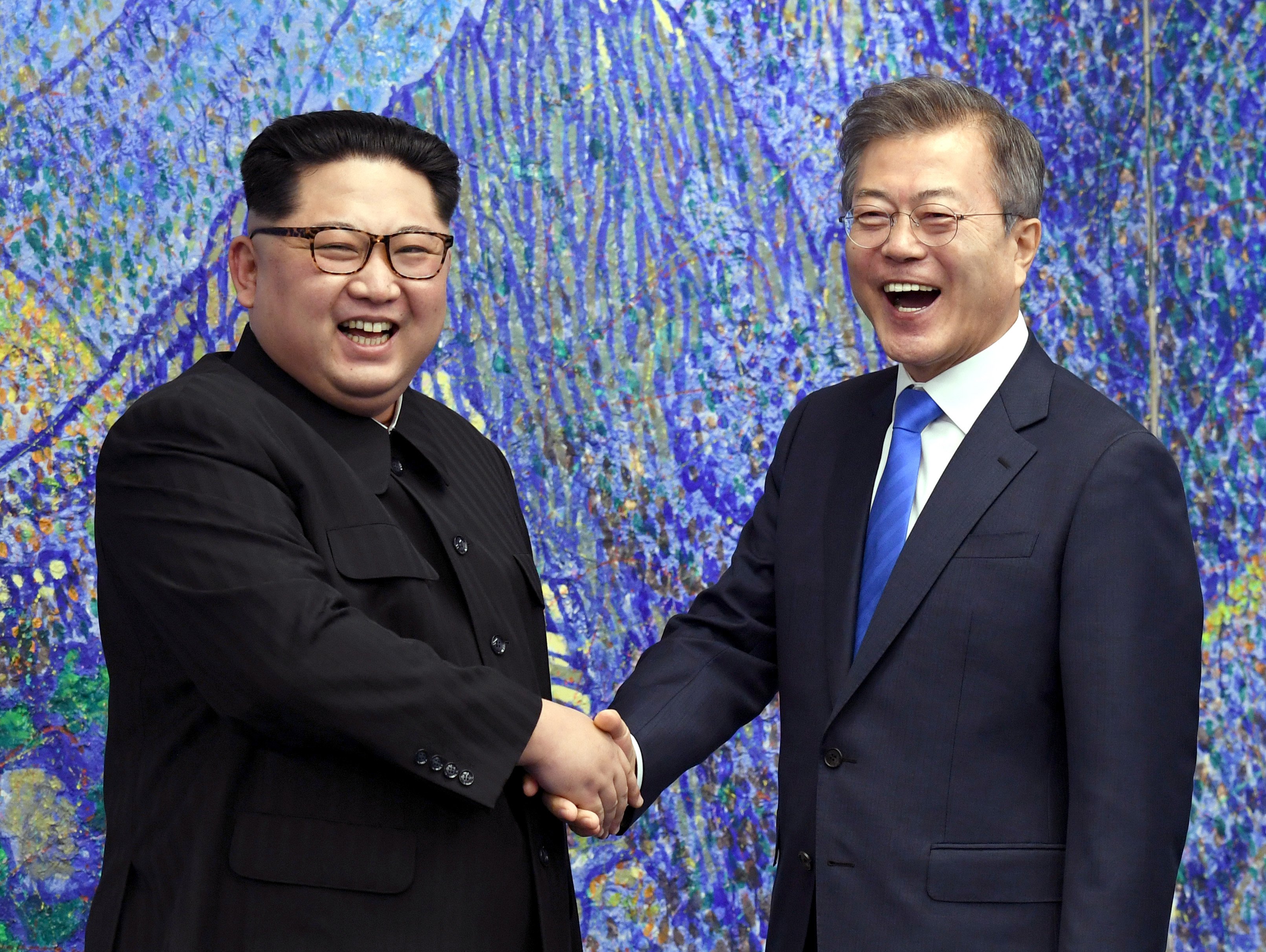 After 65 years of hostility, South Korean President Moon Jae-in and North Korean Leader Kim Jong-un held the third inter-Korea summit in an attempt to cease tensions between the two Koreas. Ever since the 1953 armistice following the Korean War, both Koreas had been unable to settle their differences, with constant military tension existing between the South and North. Through the Panmunjon Declaration signed during the summit, Moon and Kim settled on several issues, and committed to having a peaceful relationship from now on. There were also talks about having peace discussions with US and China. Amidst cheeky banter and laughs, a number of concerns were discussed by the two in the 12-hour summit, with some points of discussion hinting to social, political, economic and militaristic implications on South Korea and North Korea.
After 65 years of hostility, South Korean President Moon Jae-in and North Korean Leader Kim Jong-un held the third inter-Korea summit in an attempt to cease tensions between the two Koreas. Ever since the 1953 armistice following the Korean War, both Koreas had been unable to settle their differences, with constant military tension existing between the South and North. Through the Panmunjon Declaration signed during the summit, Moon and Kim settled on several issues, and committed to having a peaceful relationship from now on. There were also talks about having peace discussions with US and China. Amidst cheeky banter and laughs, a number of concerns were discussed by the two in the 12-hour summit, with some points of discussion hinting to social, political, economic and militaristic implications on South Korea and North Korea.
One of the most significant issues going forward would be the reunification of war-torn families. Both Moon and Kim agreed on the importance of this; they decided to convene the inter-Korean Red Cross Meeting to discuss and solve the obstacle of separated families, amongst other humanitarian issues that resulted from the division. There was also an agreement in proceeding with reunion programmes for separated families on August 15 this year, which is the National Liberation Day.
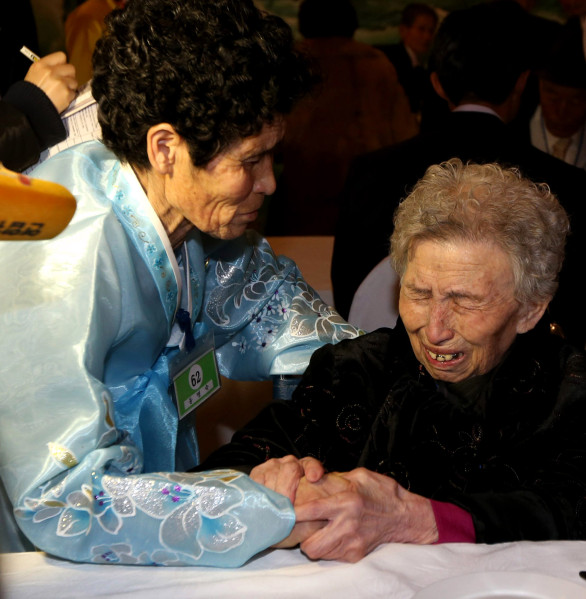
The last time the programme had been implemented was at the end of 2015, though it fell apart amid worsening relations. Last year, when Moon took office, South Korea had requested for these reunion visits to be reimplemented, though there had been no response from North Korea. With the return of the reunion programme, an approximate of 57,000 families that have been separated due to the Korean War — likely to have been split for almost 70 years — will be given a chance to reunite and meet each other after years. The official end of the Korean war could see the permanent reunification of these families.
Denuclearisation and the reaffirmation of the Non-Aggression Agreement has remained a hot topic of discussion after the summit. Though critics are skeptic about North Korea’s denuclearisation due to the lack of concrete details, Kim has stated that he would publicly close North Korea’s nuclear test site in May. Pyongyang will also immediately suspend nuclear and missile tests, and instead pursue economic growth and peace. Though a sizeable number of South Koreans think that North Korea’s nuclear threats were empty, it definitely helps that the worry of a potential war restarting may no longer be there. Seeing that Seoul and Pyongyang are less than 200km apart, the removal of nuclear threats is a source of relief, regardless of whether the threats were taken seriously or not.
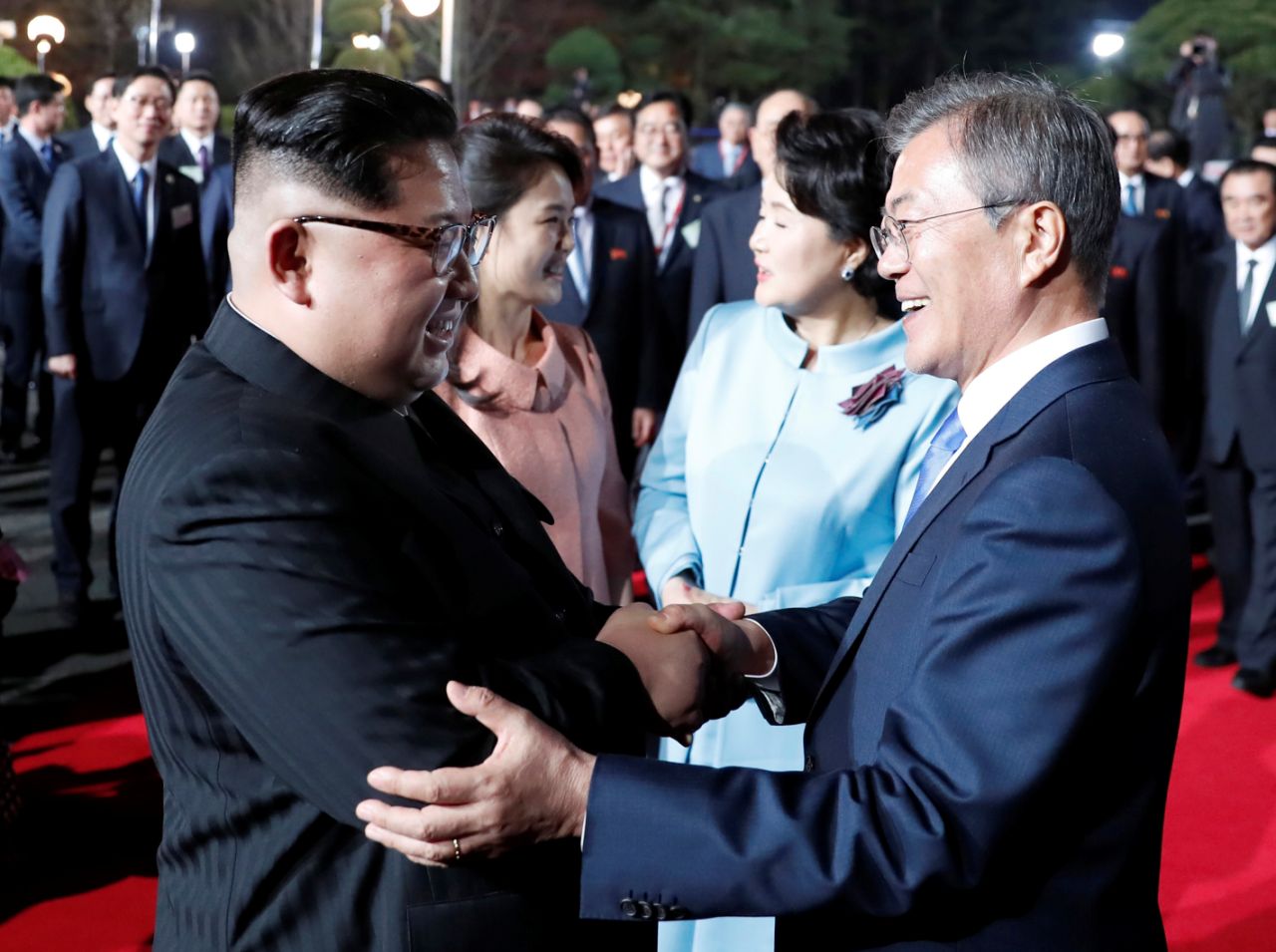
Besides that, both Koreas agreed to actively seek the support of other countries in denuclearisation efforts too. Other than South Korea, the US is another huge supporter of North Korea’s complete denuclearisation. The full outcome of the demolition of the denuclearisation threat is dependent on Kim’s talk with US President Trump in the future, but seeing how committed Kim and Moon are to this allows one to have some optimism. Though there is no detailed public denuclearisation plan, if all parties are diplomatic and adaptable, there is a chance of the nuclear threat being diminished. Even though it’s still early — and the idea seems too optimistic — Moon and Kim’s dedicated agreement to denuclearisation has swayed many.
That being said, the 2018 inter-Korea summit is not the first to have had an idealistic vision. South Korean President Kim Dae-jung began the Sunshine Policy during the 2000 inter-Korea summit. It was a policy created to help North Korea out of its isolation, and the means by which South Korea did this was to provide them with abundant amounts of food and fertilisers each year. Even after North Korea refused to back down from nuclear weaponry development, the South continued with the policy under the then administration, and eventually the successive presidency of Roh Moo-hyun. Though the policy was stopped in 2010, Roh too had attempted at peace during the 2007 inter-Korea summit. He had come up with a number of cooperation projects, but these too failed after Roh’s term ended months later.
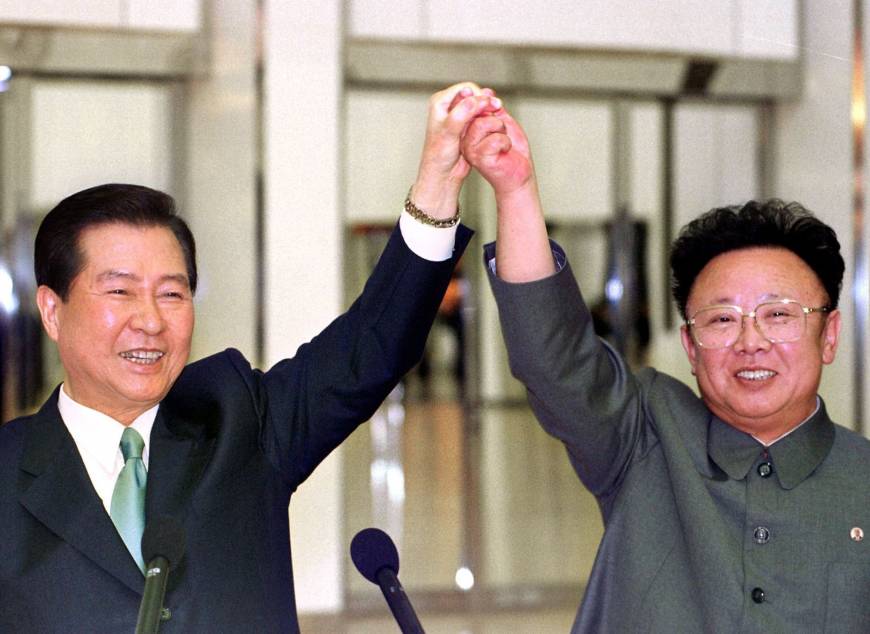 Nonetheless, there are two factors which vary from the previous talks from the one in 2018. Firstly, North Korea has been more receptive during the 2018 inter-Korea talks, as opposed to the ones in 2000 and 2007. In 2000, the North continued with their nuclear policy despite support from the South. in 2007, Kim Jong-il‘s reception of Roh was less than enthusiastic during the summit, showing his reluctancy. This year, however, Kim Jong-un seemed just as eager participative as Moon. Kim was also the first North Korean leader to step into the South. Secondly, Moon has spent many years in public office, dealing with various aspects inter-Korean relations. He also acted as the Presidential Chief-of-staff after Roh’s death in 2009. Still, the consequences of previous summits bring an inkling of doubt to the success of 2018’s.
Nonetheless, there are two factors which vary from the previous talks from the one in 2018. Firstly, North Korea has been more receptive during the 2018 inter-Korea talks, as opposed to the ones in 2000 and 2007. In 2000, the North continued with their nuclear policy despite support from the South. in 2007, Kim Jong-il‘s reception of Roh was less than enthusiastic during the summit, showing his reluctancy. This year, however, Kim Jong-un seemed just as eager participative as Moon. Kim was also the first North Korean leader to step into the South. Secondly, Moon has spent many years in public office, dealing with various aspects inter-Korean relations. He also acted as the Presidential Chief-of-staff after Roh’s death in 2009. Still, the consequences of previous summits bring an inkling of doubt to the success of 2018’s.
Like previously mentioned, North Korea is seeking economic growth, and the potential end of the Korean War may help not only North Korea, but South Korea as well, in pushing their economy. While South Korea’s economy is one of the strongest in Asia and the world, North Korea’s economy is weak. However, South Korea’s economic growth has been slowing due to their tendency to protect small businesses rather than making businesses efficient (due to their aging population). The easing of geopolitical tensions could attract foreign investors who were worried about political risks and an unstable social setting.
Moreover, North Korea’s population has a larger younger demographic, which could reduce the economic stress caused by an ageing population. The North, too, could see a significant boost in its economy. It may not happen anytime soon, but the Korea Institute for International Economic Policy estimated that a unified Korea could generate an $8.7 trillion economy by 2055 — 1.7 times the projected size of South Korea in the same year.
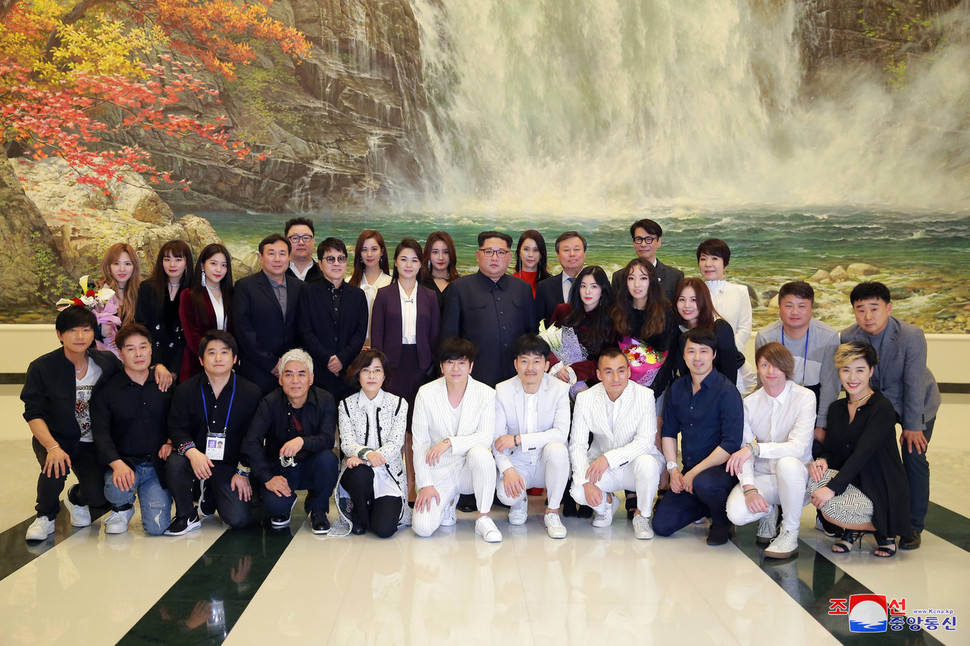
Another important point raised would be the unification and mixture of culture. Differences in language, cuisine, societal individualism, and several other aspects exist between North Korea and South Korea. With reunification talks between the Koreas, they’re expected to have an increase in the number of civilian cultural, arts, and sports exchanges. Even though North Korea has had a complicated history with K-Pop, it was just recently that Kim attended a K-Pop concert in Pyongyang, for which several K-Pop artists flew in, including Seohyun and Red Velvet. A task force discussing ways to resume major inter-Korean cultural exchanges projects has already been launched by the ministry.
North Korea has already gotten rid of Pyongyang time, which was established in 2015, to follow South Korea’s time. Discussions also include the publication of a unified Korean dictionary; co-hosting of international symposiums for the merging of the different forms of the Korean language spoken in the South and North; exhibition of their common documentary heritage items; and exchanges of media and religious groups. Cultural organisations of North and South Korea had reached a verbal agreement to joint exhibition in 2014, but the programme had come to a halt in the middle of political tensions.
Intercultural talks and mixtures can be difficult, but with the efforts of both Koreas, it can be made manageable and meaningful. Though the change can be uncomfortable and difficult to adapt to, the exposure to various inter-Korean events and exhibits can encourage the smoother integration of the two populations.
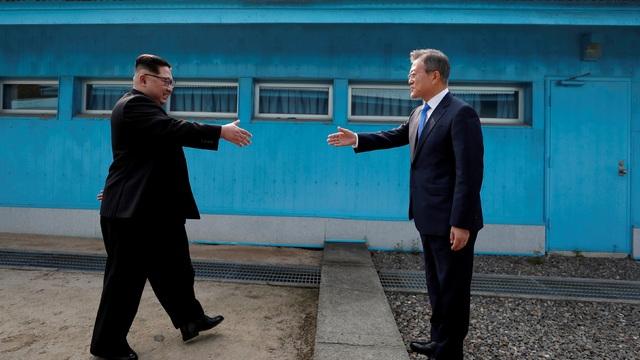 The inter-Korea summit had been a source of apprehension before it had happened; not only did it end up being a fruitful discussion, the friendly atmosphere and amicability between the two leaders opened up many to the actuality of a reunification. Amongst the many agreements made during the 12-hour summit, Moon and Kim have shown that they have dedicated themselves to a peaceful reunification and future of a united Korea. While many young South Koreans had been wary of Kim and indifferent about the war, approximately three quarters of them have started to acknowledge Kim and are optimistic about the reunification of Korea. Though Kim has had irrational policies in the past, and its still early days on this, the optimistic (albeit guarded) vision of one Korea is heartwarming and on the rise.
The inter-Korea summit had been a source of apprehension before it had happened; not only did it end up being a fruitful discussion, the friendly atmosphere and amicability between the two leaders opened up many to the actuality of a reunification. Amongst the many agreements made during the 12-hour summit, Moon and Kim have shown that they have dedicated themselves to a peaceful reunification and future of a united Korea. While many young South Koreans had been wary of Kim and indifferent about the war, approximately three quarters of them have started to acknowledge Kim and are optimistic about the reunification of Korea. Though Kim has had irrational policies in the past, and its still early days on this, the optimistic (albeit guarded) vision of one Korea is heartwarming and on the rise.
(Yonhap News, CNN, Independent [1] [2] [3] [4], Global News, Qrius, Channel NewsAsia [1] [2], ABC, The Straits Times [1] [2], Time, Telegraph, Business Insider, Reuters, PBS, The Economist, CNBC, New York Times [1] [2], Korea Summit, The Guardian, Metro, AP News, Twitter. Images via: Reuters, KBC, EPA, Yahoo! News, Japan Times, The Hankyoreh.)
